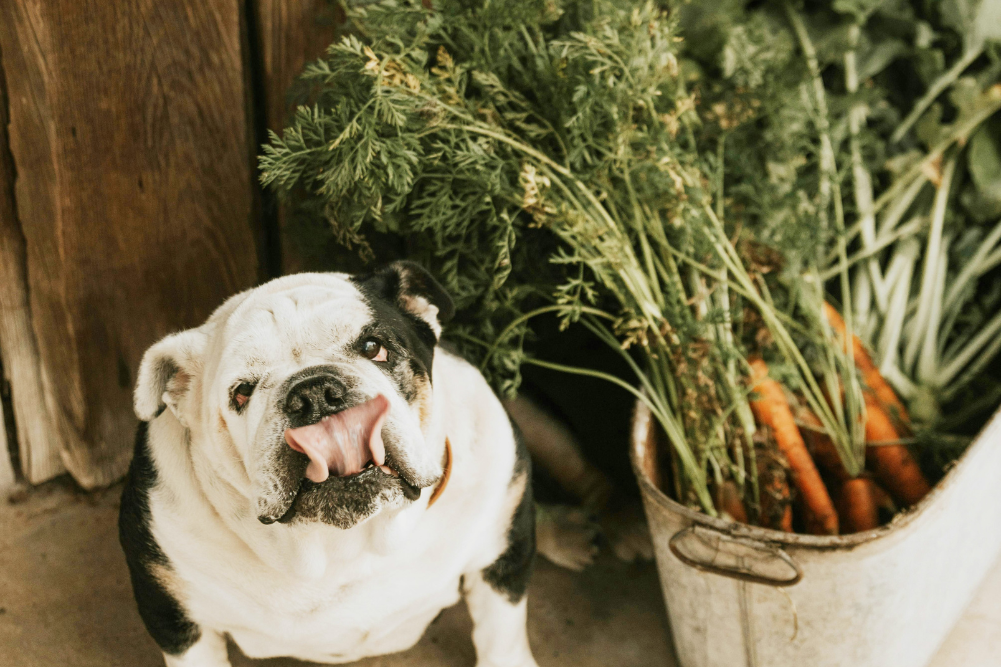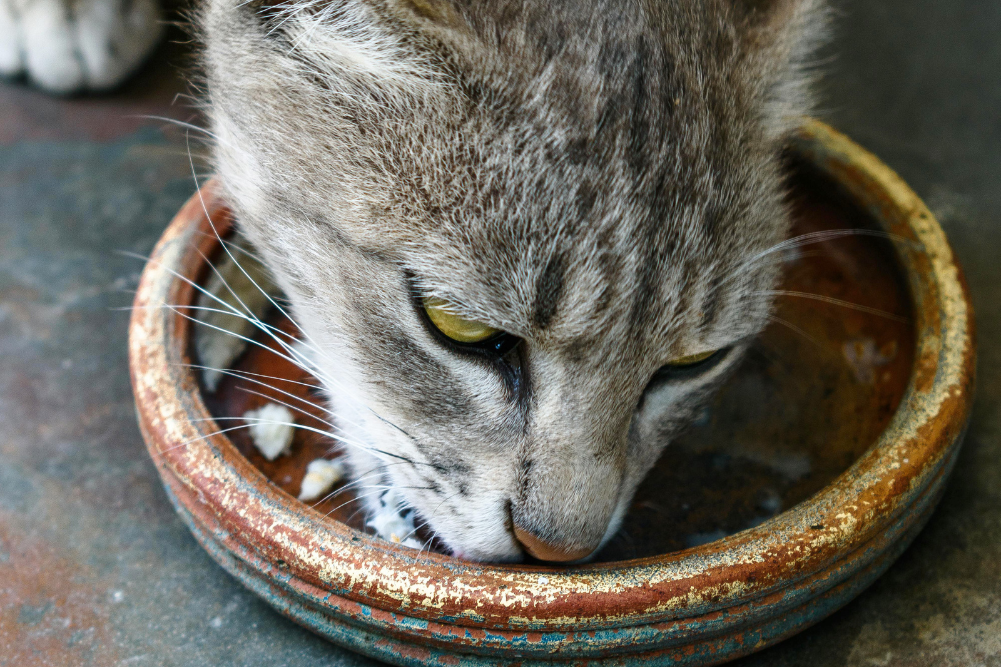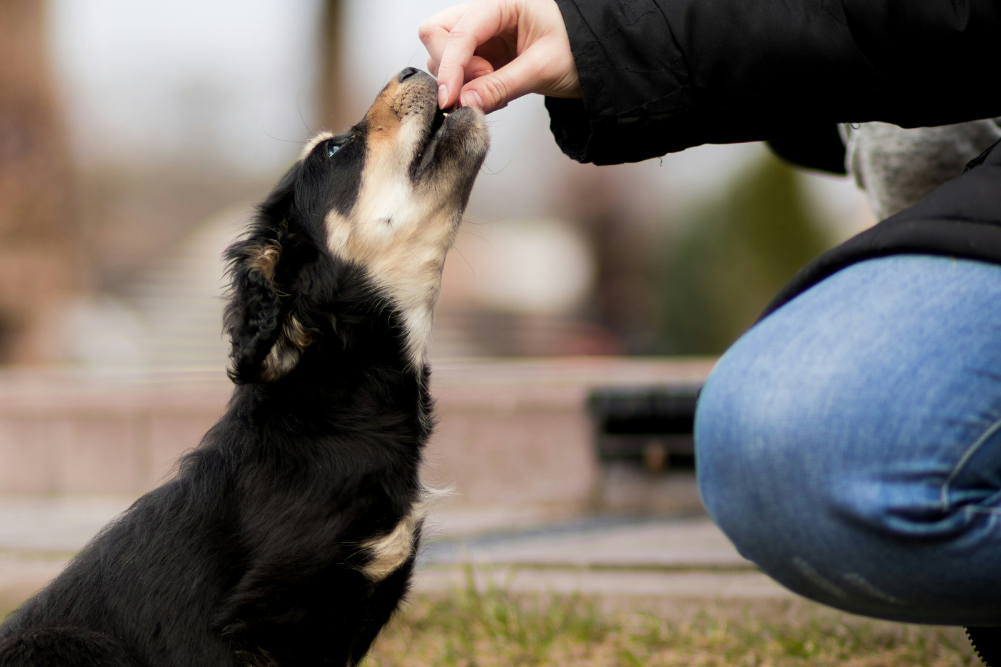Should you brush your pet’s teeth?
Should you brush your pet’s teeth? I have this conversation almost daily with my clients, whether they be local clients bringing their pet in for a routine check or my holistic clients bringing in their dog with a complex chronic illness. Dental disease, whether it’s mild accumulation of plaque and calculus or a more severe periodontal disease with gingivitis, gum recession and infected teeth, remains one of the most common health issues seen in veterinary medicine in Australia. The Australian Veterinary Association claims that 80 per cent of dogs and 70 per cent of cats develop gum disease by three years of age. Dental disease can then lead to other health issues, including heart disease, kidney disease, respiratory complications and immune problems.
To confuse things further, debate rages between holistic vets, veterinary specialist dentists and the profession as whole as to how best to prevent dental problems in the first place. Particularly the ongoing debate of raw meat bones vs prescription dental diets.
It’s not just cats and dogs that have significant dental problems, too. Rabbits and guinea pigs have teeth that continuously erupt (or grow) and must be worn down by fibre in their diets. Wild rabbits thrive on poor-quality dry grass, but pet rabbits and guinea pigs are often fed exclusively pellets. Rabbits and guinea pigs fed predominantly grass and hay with vegetables, and pellets reserved as treats, will have fewer dental problems.
Prescription dental diets for dogs and cats tend to have larger “biscuits” with a hard matrix to help abrade teeth and remove plaque. Some may also contain sodium hexametaphosphate (SHMP), which has been shown to reduce plaque compared to control diets with no SHMP. My experience and that of my fellow “raw feeding” colleagues is that cats and dogs fed raw meat and bones tend to have less plaque and calculus than those on dry food or “dental” diets.
80 per cent of dogs and 70 per cent of cats develop gum disease by three years of age.
However, raw meaty bones can themselves cause some dental problems. Hard bones like lamb or beef legs, with a hard cancellous shaft, can fracture teeth. Some dogs don’t cope with chewing bones, particularly brachycephalic (having a broad, short skull) dogs, and for these guys there may be increased risk of choking or swallowing unchewed raw bones, which can become stuck in the oesophagus. Long strips of tough meat such as beef skirt may be a better choice for these dogs, but even these can be swallowed unchewed. I recommend always supervising dogs with bones.
Discuss the best bone-feeding regime with your vet. I always recommend introducing raw bones to pups and kittens before their permanent teeth erupt — to teach them how to chew. I use the soft “wing tips” and ask my pet carers to hold them, wearing gloves if they like, to teach young pets to accept bones and chew them well.
Raw meaty bones are rarely enough by themselves to prevent dental problems in dogs and cats. A regular, thorough dental check as part of an annual wellness check is recommended, but it’s not always possible to thoroughly examine your dog’s teeth when they are awake. Most pets will require at least one dental procedure, under anaesthetic, in their lifetime. Some breeds of cat and dog are predisposed to dental problems, and they may require more frequent cleaning.
What about anaesthetic-free cleaning? This is something I have written about before. It may have a place in dental care for pets, but dogs and cats with anything more than grade one plaque and calculus will require sub-gingival cleaning or plaque and calculus will return within weeks. It’s safer for a pet to undergo a careful “safe” anaesthesia and have a thorough dental chart and clean than to be left with deteriorating and possibly painful teeth. I try to encourage owners to have their pets’ teeth cleaned as they approach their senior years, while they are healthy, and begin proper home dental care. We reserve anaesthetic-free procedures for older pets with minimal dental disease and only those who will tolerate it without stress.
So what does home care consist of? Believe it or not, brushing your pet’s teeth. In conjunction with good diet, this is the single most effective way you can prevent dental disease in your pet. As with bones, you need to teach your puppy or kitten to tolerate this, even though baby pets don’t actually need their junior teeth cleaned.
There are numerous good videos on YouTube describing techniques to teach your dog to tolerate toothbrushing. I encourage owners to begin slowly and use a finger brush, which you can slip inside your pet’s lips and not actually force their mouth open. Toothpastes add abrasion to the brushing. Some contain a small amount of fluoride. I often recommend a more natural version, eg green tea and bicarb soda, but you don’t really need the toothpaste.
There are other natural gels, mouthwashes and supplements that may also help reduce plaque formation. They are not enough on their own. I find that many dogs and cats don’t tolerate mouthwashes and gels, but I recommend weak green tea as a mouthwash, and aloe vera gel gently applied to inflamed gums.








